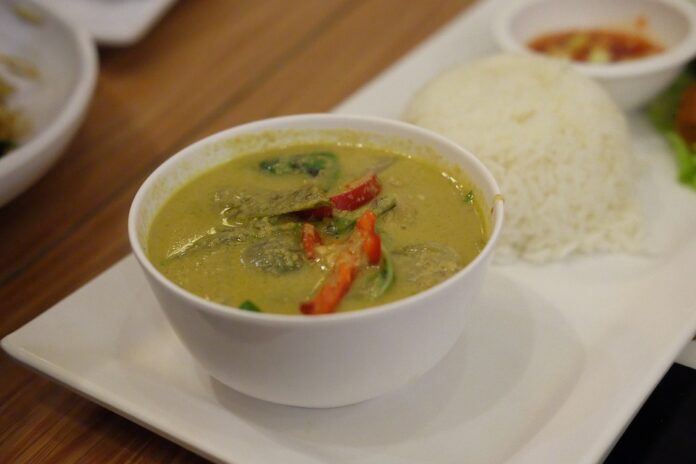Introduction
Meal kits have become increasingly popular in recent years, offering a convenient and time-saving alternative to traditional grocery shopping and cooking. With the rise of meal kit delivery services like Blue Apron, HelloFresh, and Home Chef, consumers now have more options than ever when it comes to meal planning and preparation. In this report, we will explore the pricing strategies of meal kit services compared to takeout and restaurant meals, analyzing the cost differences and value propositions of each option.
Meal Kit Pricing Strategy
Subscription Models
Meal kit services typically operate on a subscription model, where customers can choose a plan that fits their dietary preferences and family size. Prices can vary based on the number of meals per week and the number of servings per meal. For example, Blue Apron offers a two-person plan starting at $47.95 per week for three meals, while HelloFresh has a similar plan starting at $53.94 per week.
Ingredients and Quality
One of the key selling points of meal kits is the quality of ingredients included in each box. Meal kit companies often source fresh, high-quality produce, meats, and seafood to ensure that customers are getting a restaurant-quality meal at home. While this can drive up the cost compared to grocery shopping, many consumers are willing to pay a premium for the convenience and quality of meal kits.
Cost Comparison
On average, meal kits can cost anywhere from $8 to $12 per serving, depending on the company and plan chosen. While this may seem expensive compared to cooking at home, it is often more affordable than dining out at a restaurant. According to a study by MarketWatch, the average cost of a restaurant meal in the United States is around $20 per person, making meal kits a cost-effective option for many families.
Takeout and Restaurant Meals
Convenience and Variety
Takeout and restaurant meals offer the convenience of not having to cook or clean up, making them a popular choice for busy individuals and families. With a wide range of cuisines and dishes to choose from, takeout and restaurant meals provide variety and flexibility that meal kits may not always offer.
Pricing and Value
While takeout and restaurant meals can be convenient, they are often more expensive than meal kits. The average cost of a takeout meal in the United States is around $10 to $15 per person, depending on the restaurant and menu items chosen. Dining out at a restaurant can be even more costly, with prices ranging from $20 to $50 per person or more for a full meal.
Health and Nutrition
One of the drawbacks of takeout and restaurant meals is the lack of control over ingredients and portion sizes. Many restaurant dishes are high in calories, fat, and sodium, which can contribute to poor health outcomes over time. In contrast, meal kits often provide nutritional information and portion-controlled ingredients to help customers make healthier choices at home.
Industry Insights
Market Trends
The meal kit industry has seen significant growth in recent years, with more companies entering the market to meet consumer demand for convenient and healthy meal options. According to Statista, the global meal kit market is projected to reach $20 billion by 2027, driven by factors such as busy lifestyles, increasing health consciousness, and the desire for restaurant-quality meals at home.
Competitive Landscape
Major players in the meal kit industry, such as Blue Apron, HelloFresh, and Home Chef, continue to dominate the market with their innovative recipes, flexible subscription plans, and high-quality ingredients. However, new entrants like Sunbasket and Purple Carrot are also gaining traction by offering organic, plant-based, and specialty meal options to cater to niche markets.
Consumer Preferences
Consumers are increasingly looking for convenient and affordable meal solutions that fit their busy lifestyles and dietary needs. Meal kits appeal to a wide range of customers, including busy professionals, families with young children, and health-conscious individuals who want to eat well without the hassle of meal planning and grocery shopping.
In conclusion, meal kits offer a convenient and cost-effective alternative to takeout and restaurant meals, providing customers with quality ingredients, easy-to-follow recipes, and portion-controlled servings to help them eat healthier at home. While takeout and restaurant meals may be more convenient for some occasions, meal kits are a sustainable and budget-friendly option for busy individuals and families looking to save time and money on meal preparation.




